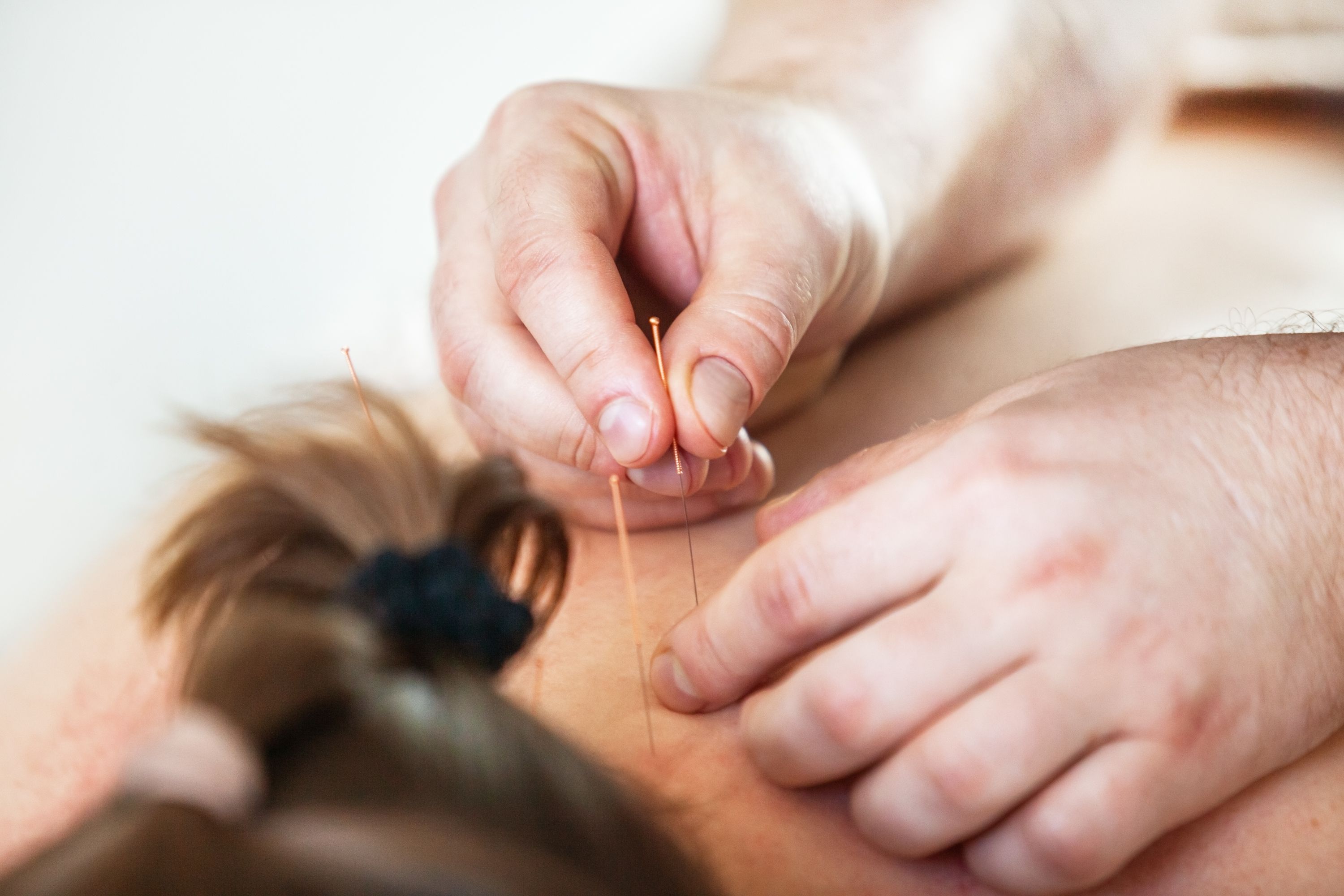Setting Expectations: Your Healing Journey with Acupuncture
Understanding Your Healing Journey
Embarking on a healing journey with acupuncture can be both an exciting and mysterious experience. This ancient practice, rooted in Traditional Chinese Medicine, offers a holistic approach to health and wellness. Whether you're seeking relief from chronic pain, stress reduction, or overall well-being, setting realistic expectations is crucial for a successful acupuncture experience. In this blog post, we'll explore what you can anticipate on your path to healing.

The Initial Consultation
Your journey begins with an initial consultation, where your acupuncturist will assess your health history and discuss your primary concerns. This session is an opportunity to communicate your goals and ask any questions you may have. Be prepared to share details about your lifestyle, diet, and any symptoms you're experiencing. Bring copies of your Western diagnosis, medications, bloodwork, and imaging test results. This comprehensive understanding helps your practitioner tailor treatments to your unique needs.
During the consultation, your acupuncturist will perform a diagnosis protocol involving physical examination, checking your tongue and pulses. Your acupuncturist will identify areas of imbalance in your body and also explain the principles of acupuncture and how it works to restore balance within the body. Understanding these concepts can help you feel more at ease with the process and appreciate the subtle changes that might occur over time.
What to Expect During Treatment
Acupuncture involves the insertion of thin, sterile needles into specific points on the body, known as acupuncture points. You might feel a slight tingling or a dull ache when the needles are inserted, but many people find the experience relaxing. Each session typically lasts about 60 minutes, allowing you time to unwind and let the treatment work its magic.

It's important to remember that acupuncture is a cumulative therapy. While some individuals may notice immediate relief after just one session, most people require multiple treatments to achieve significant results. Your acupuncturist will likely recommend a treatment plan tailored to your specific needs, which may involve weekly sessions initially, followed by less frequent visits as your condition improves. Also, an important part of recovery is lifestyle adjustments involving exercises, dietary changes and sleeping habits.
Acupuncture Treatment Program: Setting Expectations for Your Healing Journey
In Traditional Chinese Medicine (TCM), treatment is most effective when it follows a thoughtful rhythm. Healing takes time, intention, and consistency—just as training the body for a new skill does.
Treatment Frequency and Phases
Pain conditions – We recommend starting with 2 sessions per week. Pain often responds more quickly to regular stimulation, and the body benefits from closer reinforcement in the early phase.
Internal medicine and mood conditions – These respond best to 1 session per week, allowing the body to gently absorb and integrate the therapeutic effects.
We usually recommend beginning with a 10-session treatment phase. This allows us to evaluate how your body responds and tailor the approach to your needs.
Why Consistency Matters
Each acupuncture session is like planting a seed. It takes about 2–3 days for your body to fully absorb and recover from the effects of a treatment. Over time, these sessions build upon each other. The process is similar to preparing for a 10K race—you wouldn’t expect to run the full distance on the first day. Instead, steady training over 3–6 months allows your body to gradually re-train and restore balance.
When You May Notice Changes
Every person responds differently, but most patients begin to observe shifts within 3–5 sessions. Sometimes this means reduced pain, deeper sleep, more stable digestion, or a calmer mood. These early signs let us know your system is starting to realign.
Healing is not always linear. As the body unwinds patterns of pain, tension, or imbalance, symptoms may shift or move. For example:
- Pain may change location – discomfort might move from the neck to the shoulder, then to the arm, as deeper layers are addressed.
- Edema, stagnation, or scar tissues – may lessen overtime, sometimes accompanied by release through skin changes such as small water-filled bubbles, rashes or hives.
- Digestive shifts – more frequent or more complete bowel movements may occur as the system clears.
- Emotional release – old or “hidden” emotions may surface briefly as the body restores balance.
These are natural signs that the system is adjusting and rebalancing.
The Treatment with Intention Principle
Acupuncture is not just about symptom relief—it is about guiding your body back into harmony. Each treatment is given with a specific intention, and your body is encouraged to continue the healing process between sessions. Being patient and attentive to your body’s changes is key to long-term results.
Think of it as similar to training for a 10K race. You wouldn’t expect to run the full distance after one or two practice runs. Instead, your body adapts steadily over time with consistent training. Likewise, with acupuncture, retraining the body’s systems often takes 3–6 months, depending on the condition and the individual.
Tracking Progress and Adjusting Expectations
As you progress through your acupuncture treatments, it's essential to track any changes in your condition, both physically and emotionally. Keeping a journal can be a helpful way to note improvements or any new symptoms that arise. Share this information with your acupuncturist during follow-up appointments, as it can help refine your treatment plan.
- Notice changes in pain levels or symptom frequency.
- Observe shifts in mood or energy levels.
- Track any changes in sleep patterns or digestion.
The Role of Lifestyle in Healing
While acupuncture can be highly effective on its own, incorporating lifestyle changes can enhance its benefits. Consider integrating practices such as proper nutrition, regular exercise, mindfulness, and stress management techniques into your routine. These complementary practices can support the acupuncture process and contribute to overall well-being.

Your acupuncturist may offer recommendations for dietary adjustments or suggest exercises to complement your treatment plan. Embracing these changes can empower you to take an active role in your healing journey and optimize your health outcomes.
Conclusion: Embracing Patience and Persistence
Your healing journey with acupuncture is a personal and transformative process that requires patience and persistence. While results may not be immediate, many people find that their commitment to regular treatments yields profound benefits over time. By setting realistic expectations and actively participating in your own wellness journey, you can unlock the full potential of acupuncture and experience a healthier, more balanced life.
Acupuncture is not simply about symptom relief; it is about guiding the body toward a healthier, more sustainable state. Each needle placement carries an intention: to regulate, to release, or to strengthen. Over time, this focused intention helps the body reset its patterns—whether in circulation, nerve signaling, digestion, or mood regulation.
The Takeaway
Be patient with the process, observe your body, and note the changes—whether they are shifts in pain, energy, sleep, digestion, or mood. The journey is about gradual retraining and alignment, and each treatment is a step forward.
As I often remind my patients, you are the master of your body. You are in command, and more importantly, in partnership with both body and mind, to create the life you want—one that is grounded in health, vitality, and balance.